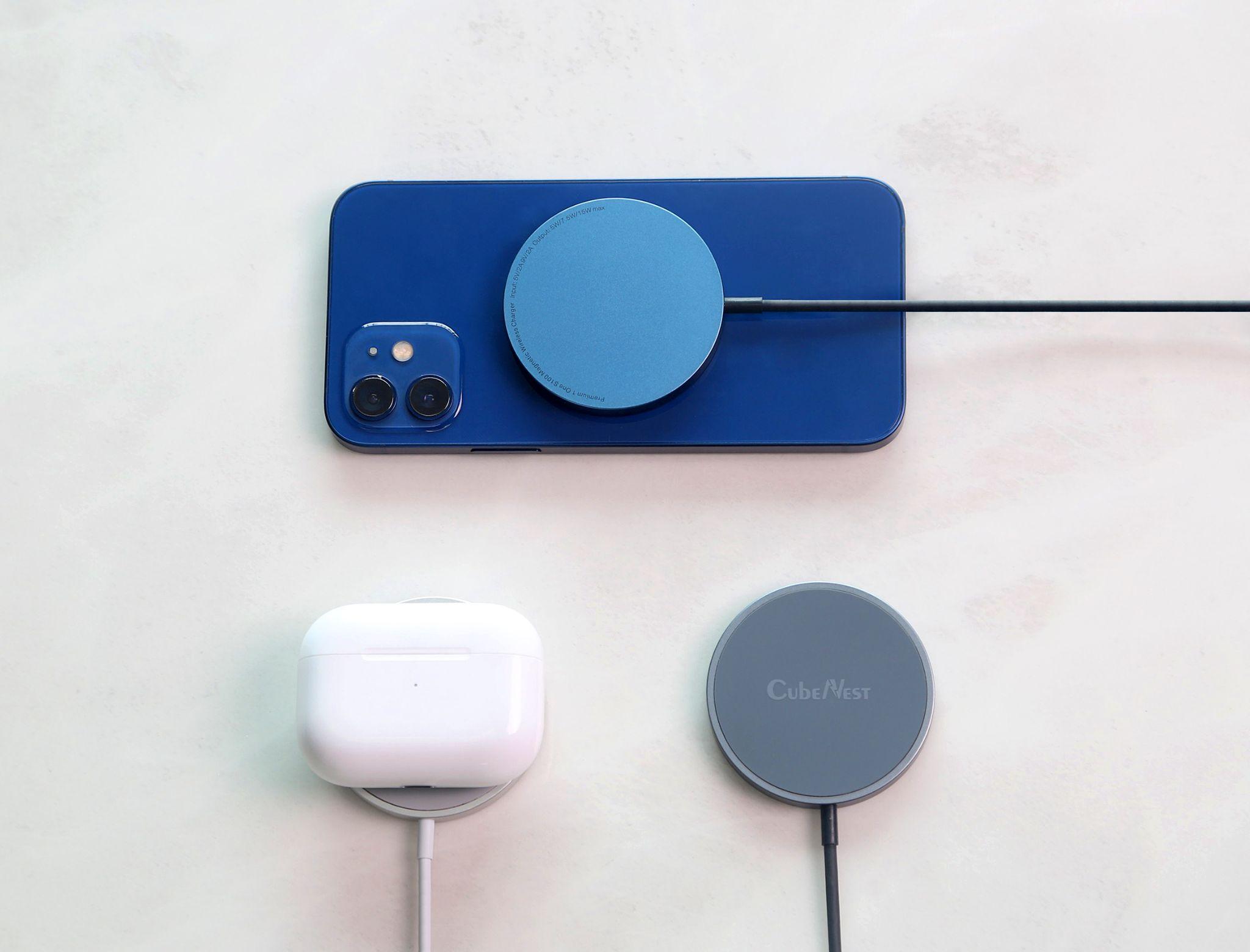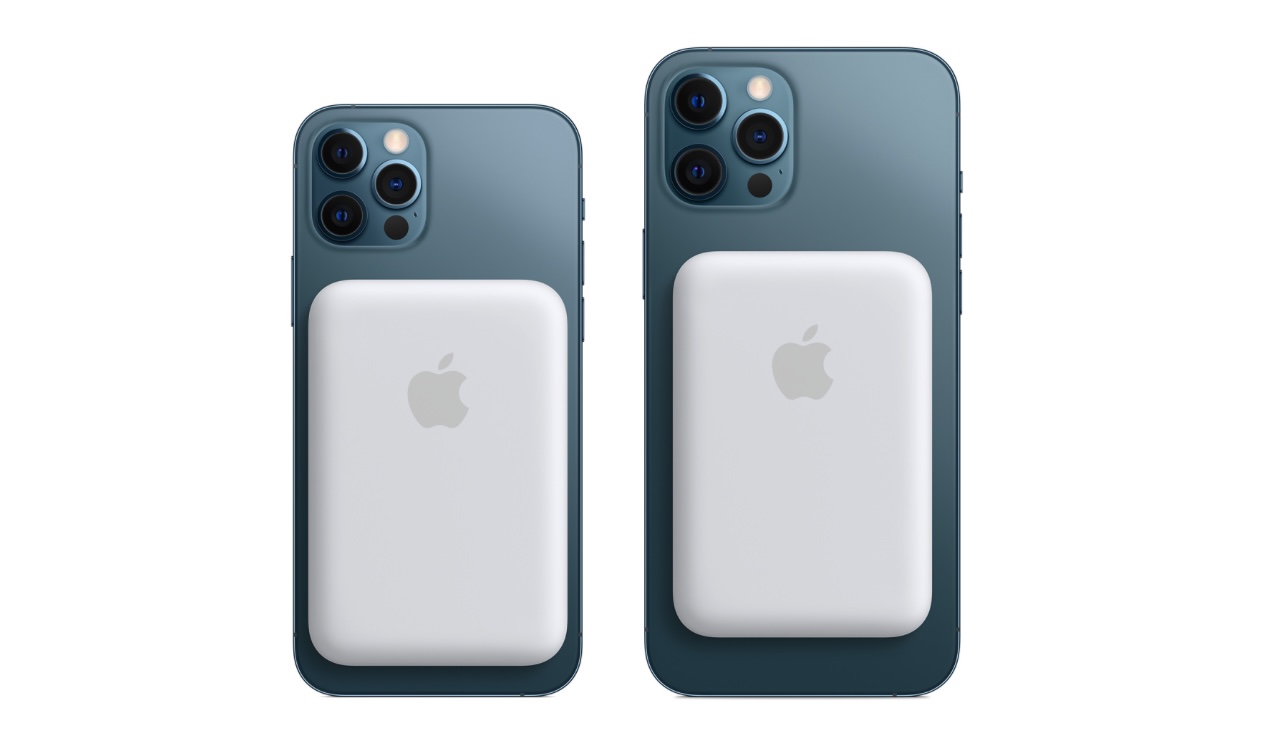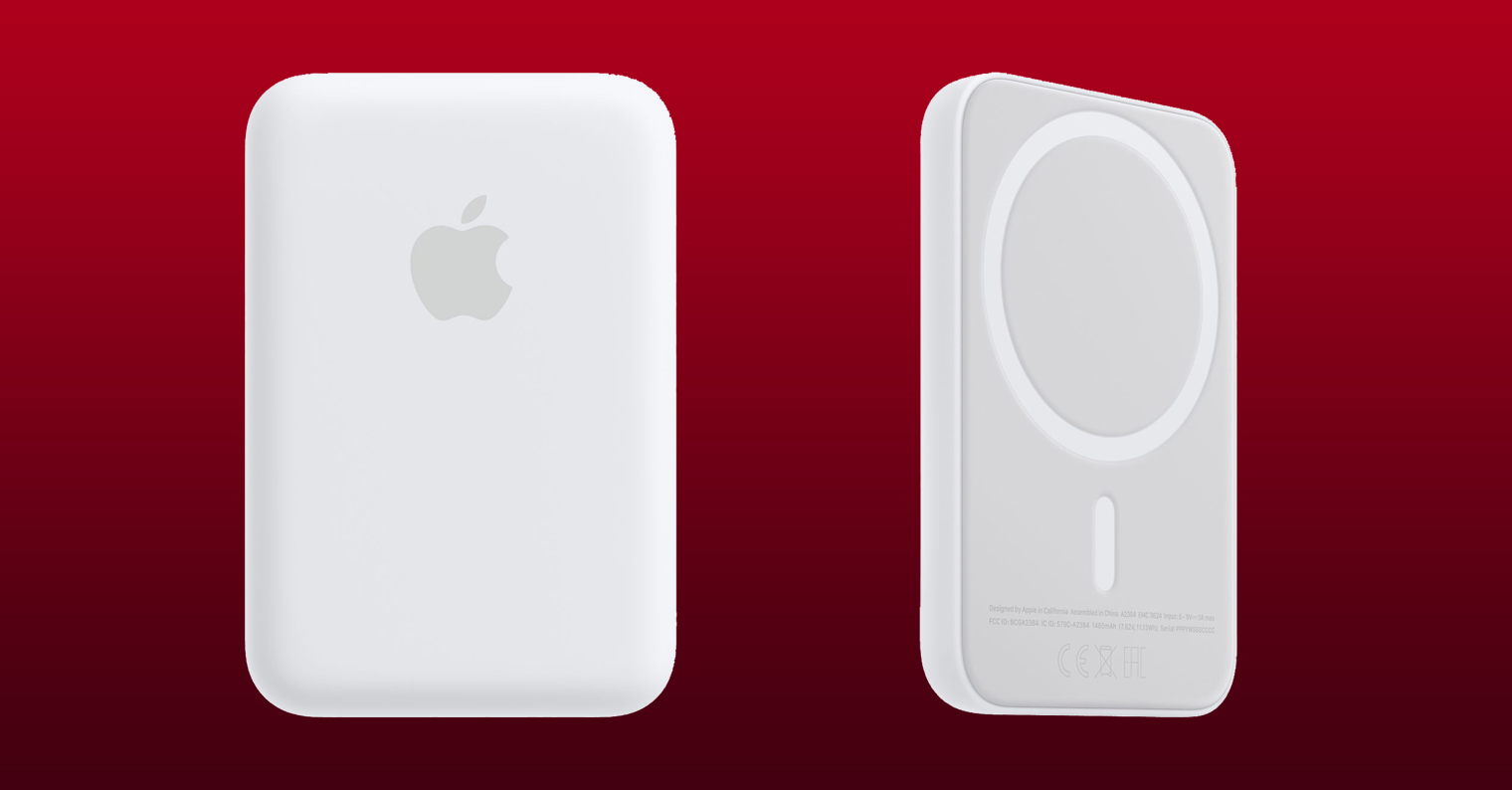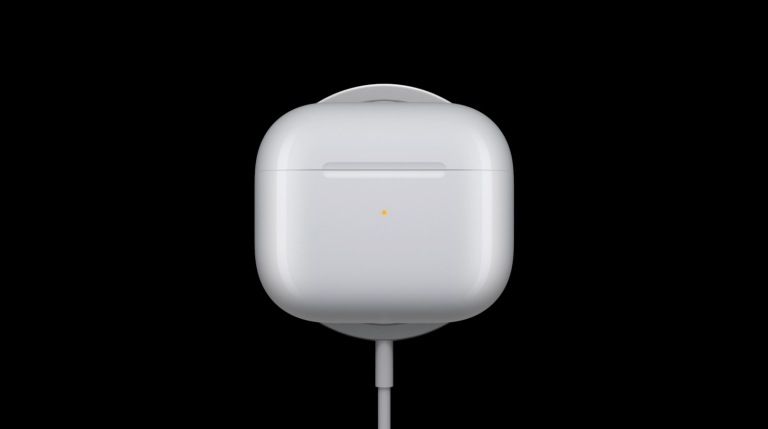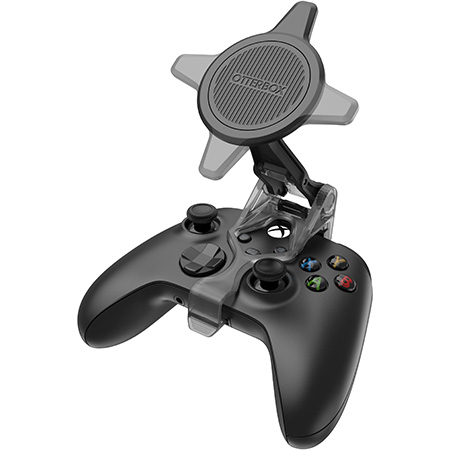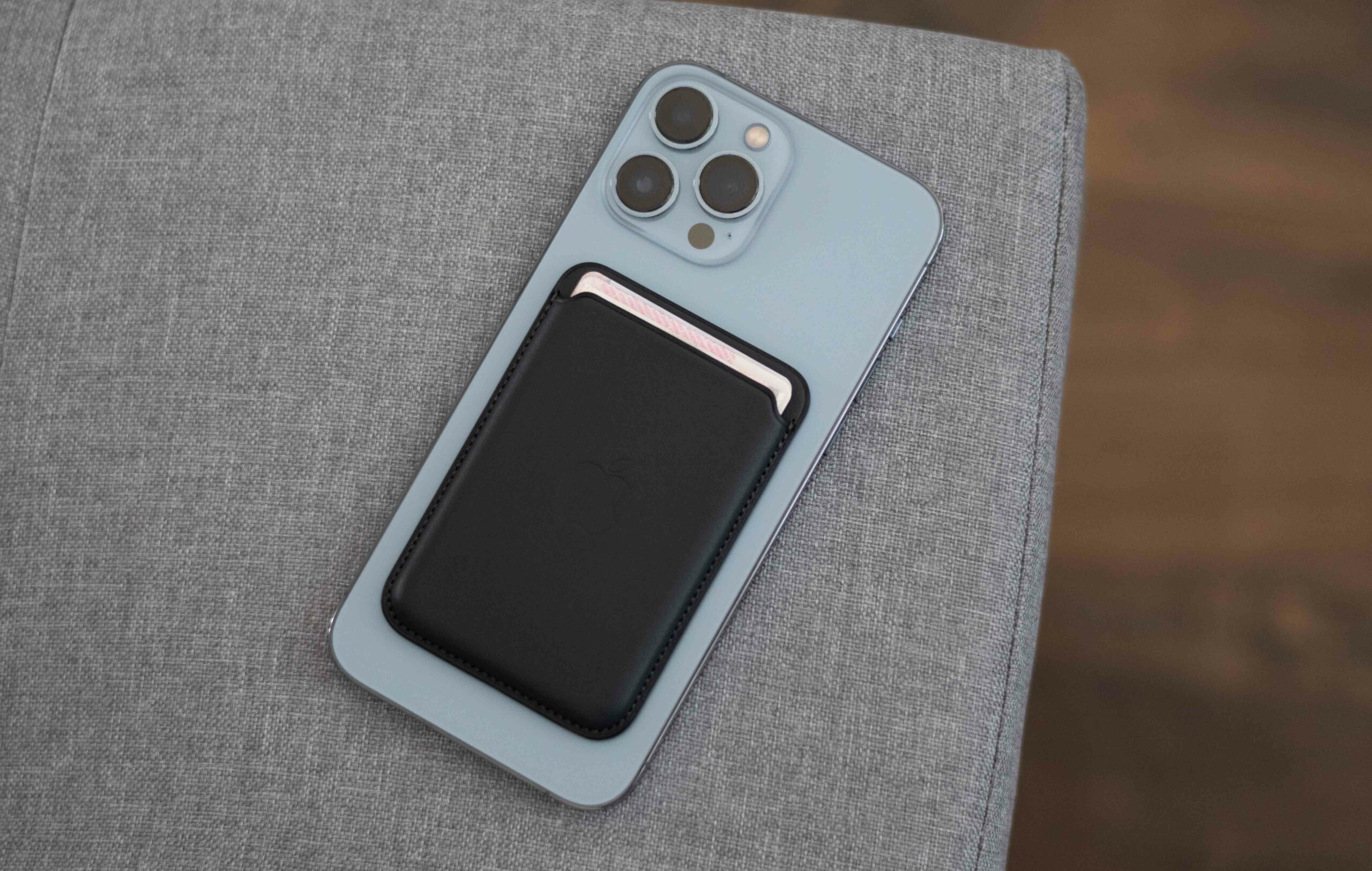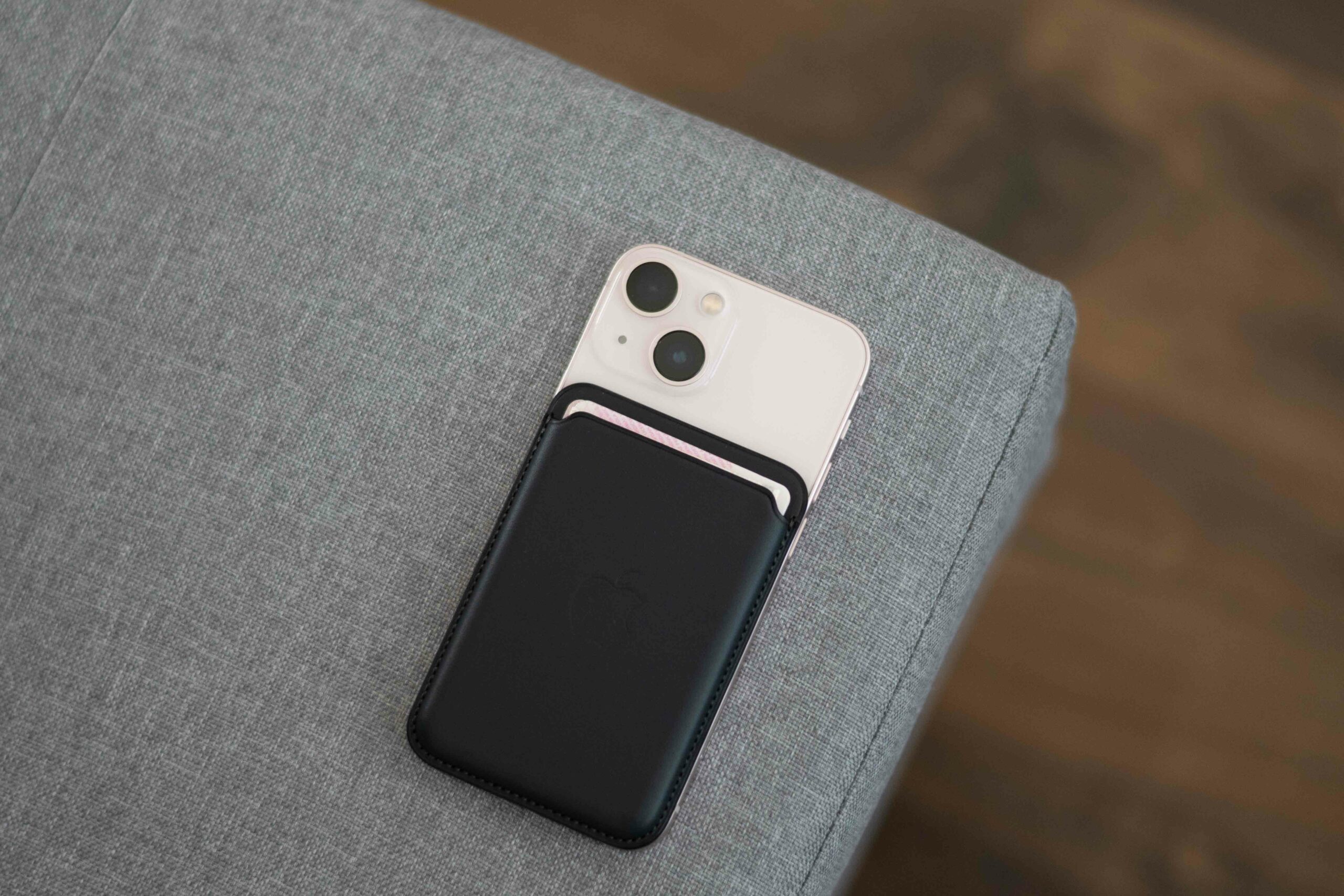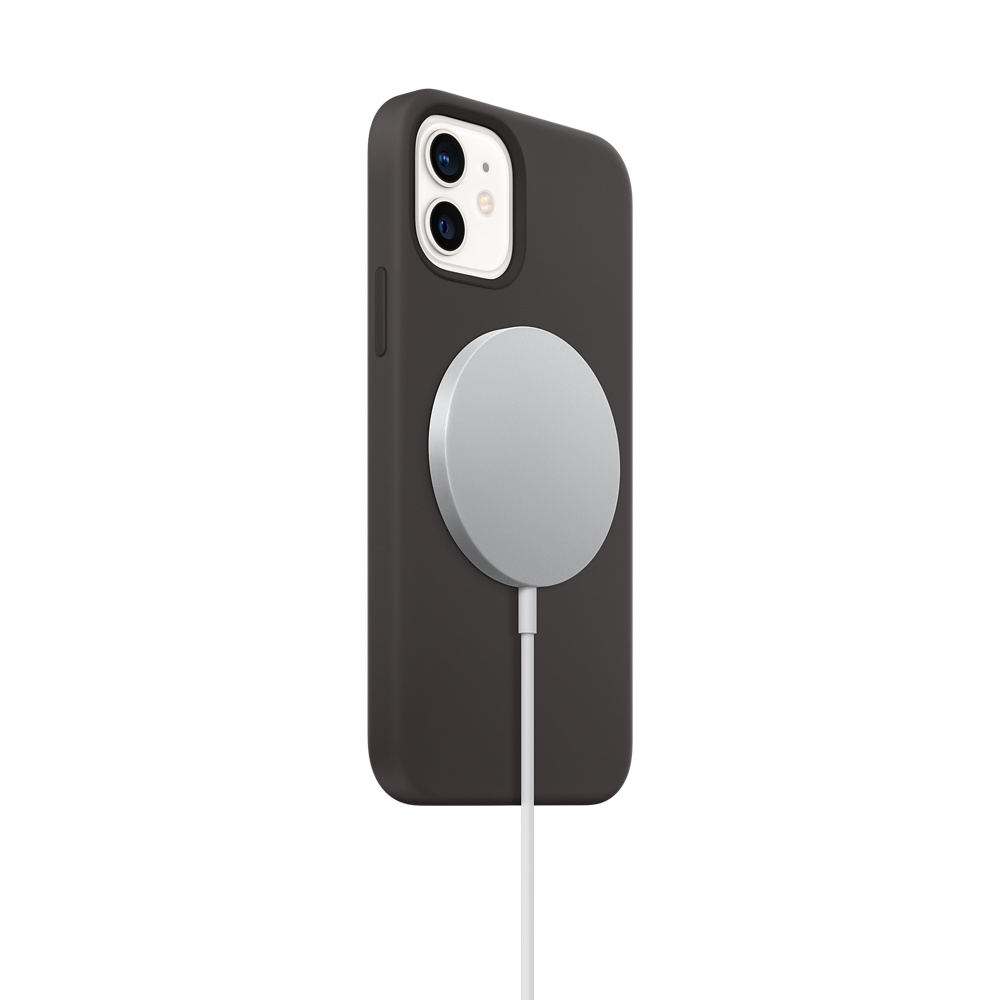Apple introduced MagSafe technology together with the iPhone 12 already in 2020. So now three model series already support it, but the company has not come up with any further evolution of this wireless charging. The potential would be here. But maybe it was all a little different.
It was certainly a good idea. Even if it's just wireless charging, which in the case of Apple products will release 15W instead of 7,5W for Qi charging, just add a series of magnets and the company has created a fairly comprehensive ecosystem of accessories for all devices that support MagSafe. After all, she herself came with her own chargers, power bank or even wallets. And since then, it's been quiet on the footpath.
It could be interest you

In the field of accessories, Apple relies more on third-party manufacturers. He will change some of the colors of the covers himself as much as possible, but otherwise he relies on others who will contribute to his coffers with Made for MagSafe certifications. But many people also bypass this by simply fitting their accessories with the appropriate magnets and stating the magical connection "compatible with MagSafe". In the case of chargers, they have magnets in such a way that the device sits on them ideally, but still does not release 15 W.
MagSafe and more powerful alternatives
The 15 W is also not a miracle, because it is a normal performance for the Qi standard. However, Apple is strict about the batteries in its devices, and therefore does not want to overload them unnecessarily so that they charge more slowly, but last longer. At the same time, it is not only a case of wireless charging, but also the classic one through a cable.
However, other smartphone manufacturers also saw an opportunity in MagSafe. Realme is capable of up to 50W wireless charging with MagDart technology, Oppo with MagVOOC 40W. So if Apple wanted to, it could increase the performance to further improve the technology, but it probably doesn't want to. After all, it can be assumed that this was his original intention. It was the arrival of MagSafe that gave rise to speculation that with it Apple is preparing for a fully portless iPhone, and with the current EU regulation it would make all the more sense.
Change of plan
In fact, not long ago, one would have been inclined to think that future iPhones would not have Lightning, they would not even have USB-C, and they would only charge wirelessly. But Apple finally admitted that it will use USB-C in its phones, and thus get rid of Lightning. But it does mean that there is no more pressure on him to improve MagSafe, and it is quite likely that we will never see any progress. It's definitely a shame, because the magnets here could be stronger, the whole solution smaller, and of course the charging speed could be higher.
It could be interest you
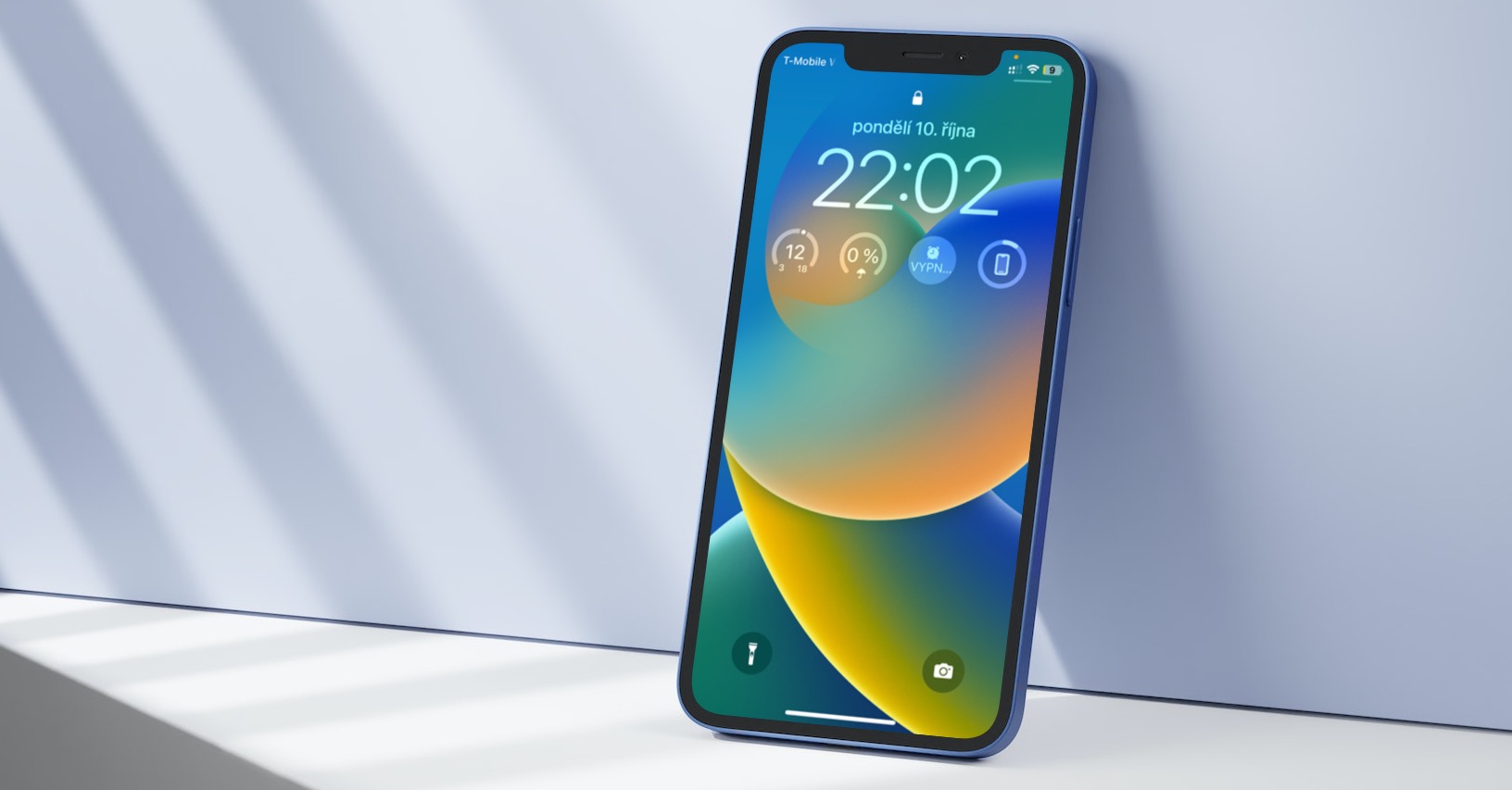
In addition, we are still waiting to see if we will see MagSafe in iPads as well. However, the current performance is not enough to ideally supply their large battery with energy, so if wireless charging comes to the tablet portfolio, it will have to have significantly more performance.
 Adam Kos
Adam Kos 